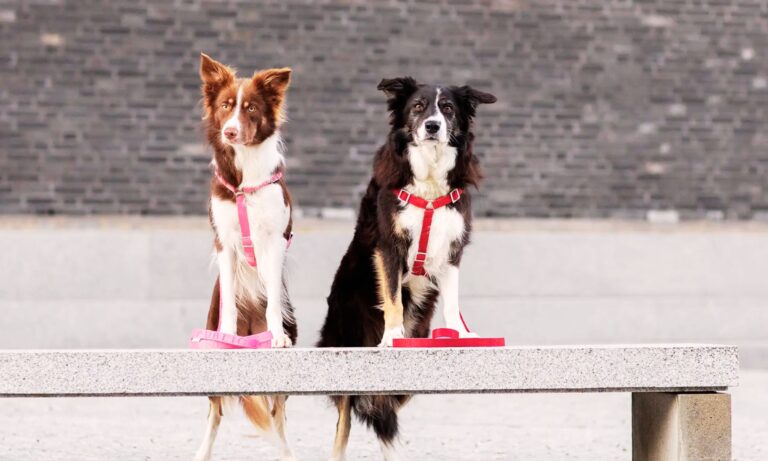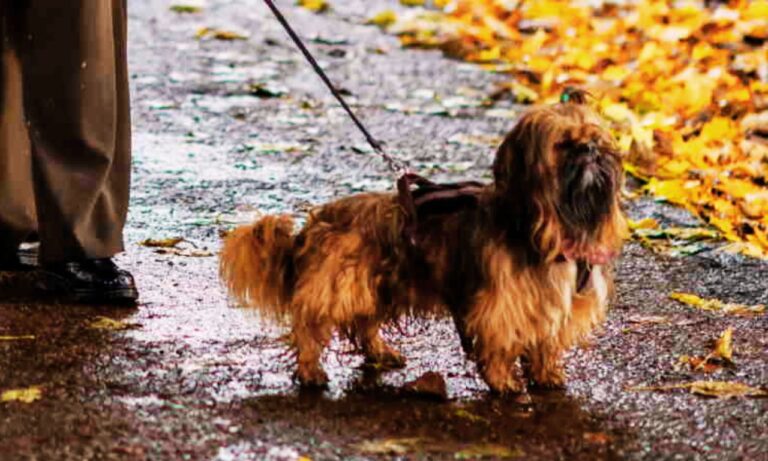| Summary: Cats can survive on dry food alone, but it’s not ideal. Kibble lacks moisture, increasing the risk of dehydration and urinary issues. A balanced diet with wet food or added hydration is recommended. Choose high-quality, protein-rich kibble and ensure fresh water access to support your cat’s overall health. |
Feeding cats has always been a subject of debate among pet owners and veterinarians. Many cat owners prefer dry food due to its convenience, long shelf life, and affordability. So, should cats only eat dry food? But is an all-kibble diet truly the best option for feline health? While some veterinarians recommend dry food, others emphasize the importance of incorporating wet food or raw diets.
Understanding the benefits, drawbacks, and nutritional needs of cats will help pet owners make informed decisions. Find out what style dog collar is best for hounds to ensure comfort and safety for your furry friend.
Blog Highlights
ToggleQuick Fix FAQ Guide
| Question | Answer |
| Is a kibble-only diet healthy for cats? | It can be nutritionally complete, but lacks moisture. Hydration is essential. |
| Can dry food cause health problems? | Yes, it may contribute to dehydration, kidney disease, and urinary issues. |
| How can I keep my cat hydrated on dry food? | Provide fresh water, use a water fountain, or add wet food. |
| Should I mix wet and dry food? | Yes, it helps with hydration and adds variety to their diet. |
| What should I look for in dry cat food? | Choose high-protein, grain-free kibble with real meat as the first ingredient. |
1. The Evolution of Cats and Their Dietary Needs
Cats are obligate carnivores, meaning they require a diet primarily composed of animal-based proteins. Unlike omnivores, such as dogs or humans, cats lack the digestive enzymes needed to process large amounts of carbohydrates. In the wild, felines survive on prey such as rodents, birds, and insects, which provide them with protein, fat, and moisture.
Dry food, however, is often high in carbohydrates and contains significantly less moisture than a cat’s natural diet. A wild cat’s diet consists of approximately 70 percent water, while dry food contains only about 8 to 10 percent. This significant difference raises concerns about dehydration and long-term health issues.
The ideal size collar for English Springer Spaniel typically ranges from 14 to 20 inches, depending on the dog’s age and neck size, ensuring a comfortable and secure fit.
2. Should Cats Only Eat Dry Food | The Benefits of Feeding Cats Dry Food
Despite some concerns, dry food does offer several advantages for both cats and their owners.
One of the biggest benefits is convenience. Kibble is easy to store, does not spoil quickly, and can be left out for free-feeding without immediate risk of bacterial contamination. This makes it ideal for pet owners with busy schedules.
Another advantage of dry food is cost-effectiveness. Compared to wet or raw diets, kibble is generally more affordable and comes in larger quantities. Many commercial brands offer high-quality dry food with essential nutrients, vitamins, and minerals.

Some veterinarians also believe that kibble may help with dental health. The crunchy texture of dry food can reduce plaque buildup and tartar accumulation, potentially lowering the risk of gum disease. However, this benefit is debated, as some cats may swallow kibble whole rather than chewing it.
The recommended size collar for an English Cocker Spaniel usually ranges from 12 to 18 inches, providing a snug and comfortable fit for your dog.
3. The Risks of a Dry-Food-Only Diet
While dry food offers some benefits, relying solely on kibble can lead to several health risks, particularly due to its low moisture content.
One of the most significant concerns is dehydration. Since cats have a naturally low thirst drive, they often do not drink enough water to compensate for the moisture they miss from a dry diet. Chronic dehydration can contribute to urinary tract infections, kidney disease, and bladder stones. Studies show that cats on a kibble-only diet are more prone to urinary issues than those who consume wet food.
Obesity is another risk associated with dry food. Many kibble formulas contain high amounts of carbohydrates, often 30 to 50 percent of the total composition. Unlike protein and fat, excess carbohydrates are quickly converted into stored fat, leading to weight gain. With feline obesity rates rising, this is a significant concern, as overweight cats have a higher risk of diabetes, joint problems, and a shorter lifespan.
Another drawback of dry food is the presence of artificial preservatives and fillers. Many commercial kibble brands use plant-based proteins, grains, and synthetic additives to maintain shelf stability. These ingredients do not align with a cat’s natural dietary needs and may contribute to food allergies, digestive issues, or inflammation over time.
To find the perfect fit, learn more about what size collar for a Bichon, ensuring your dog’s comfort and safety.
4. How Much Protein Do Cats Need in Their Diet?
Since cats are obligate carnivores, their diet should be rich in high-quality animal protein. The minimum recommended protein intake for cats is around 26 percent on a dry matter basis, but many experts suggest that a healthy cat’s diet should contain at least 35 to 40 percent protein.
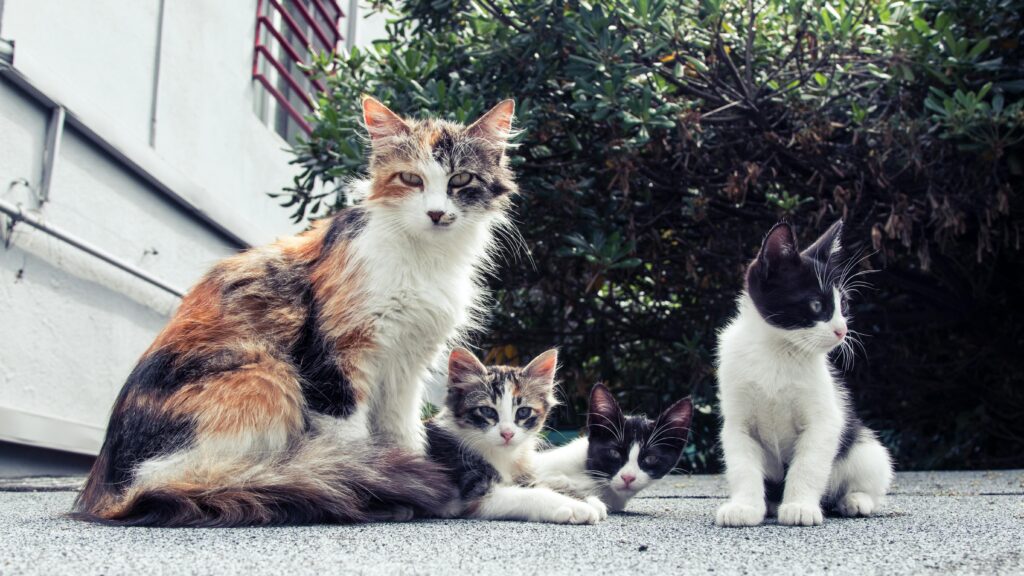
Not all protein sources are the same. Animal-based proteins, such as chicken, turkey, fish, and lamb, provide essential amino acids like taurine and arginine, which are crucial for heart health, vision, and immune function. Plant-based proteins, such as pea or soy protein, are less bioavailable and lack some essential nutrients.
Ensuring that the dry food contains at least 35 percent animal protein is essential for supporting a cat’s lean muscle mass and overall health. Discover the ideal option by exploring what is the best collar material for a Bichon Frise to ensure your pet’s comfort and durability.
5. The Importance of Hydration for Cats
Cats have a naturally low thirst drive, making it essential to provide alternative sources of hydration if they are on a dry-food-only diet.
One way to encourage hydration is by providing multiple water sources throughout the home. Cats are more likely to drink from fresh, moving water, so investing in a cat water fountain can make a significant difference. Pet fountains keep water oxygenated and more appealing to cats.
Another strategy is adding moisture to kibble. Mixing a few tablespoons of water or low-sodium chicken broth with dry food can help increase hydration without altering the taste significantly. Some cat owners also choose to incorporate canned food alongside dry kibble to balance moisture levels.
Proper hydration is essential for kidney function, digestion, and overall well-being. Cats who consume sufficient water are less likely to develop urinary tract infections or kidney-related issues. The American Staffordshire Terrier’s coat type is short, sleek, and easy to maintain with regular brushing.
6. Can Cats Thrive on a Mixed Diet?
Many veterinarians recommend a mixed diet that combines both dry and wet food. This approach provides the benefits of kibble while ensuring cats receive adequate moisture and balanced nutrition.
A common feeding strategy is to offer kibble during the day for grazing while incorporating wet food in one or two meals. Wet food typically contains 70 to 80 percent moisture, making it an excellent source of hydration. It is also higher in animal protein and lower in carbohydrates, making it closer to a cat’s natural diet.

Pet owners who prefer to feed a kibble-only diet should opt for high-quality brands with limited fillers and ensure their cat stays adequately hydrated. The best collar size for an American Staffordshire Terrier ensures a comfortable and secure fit for your dog during walks and training.
7. Common Misconceptions About Dry Food
There are several myths about dry food that often lead to confusion among cat owners.
One misconception is that dry food alone prevents dental problems. While chewing kibble may help reduce some plaque, it does not provide the same benefits as regular dental care. Veterinary dental cleanings and dental treats are more effective at maintaining oral health.
Another myth is that dry food is the best option for weight management. Many low-quality kibble brands contain excess carbohydrates, which can contribute to obesity. Cats require a diet rich in animal protein and moderate fat to maintain a healthy weight.
Some owners also believe that all dry foods are nutritionally complete. While many premium brands offer balanced nutrition, some lower-quality kibble lacks essential nutrients. Always check the ingredient list and opt for brands with high animal protein content and minimal fillers.
8. How to Choose the Best Dry Food for Your Cat
When selecting a dry food brand, look for options that contain high-quality animal protein, low carbohydrates, and essential nutrients.
Protein should be the first ingredient on the label, ideally from a named meat source like chicken or salmon rather than meat by-products. Taurine, omega-3 and omega-6 fatty acids, and vitamins A and D are also important for overall health.
Avoid brands that use excessive grains, artificial preservatives, or plant-based protein fillers. Some of the best dry food brands include Orijen, Blue Buffalo, Wellness Core, and Hill’s Science Diet. To find out the what size collar for an Affenpinscher, ensure you measure your dog’s neck correctly for a perfect fit.
9. Alternatives to a Dry-Food-Only Diet
For cat owners who want to provide a balanced diet but find wet food impractical, there are several alternatives that can enhance a dry-food-only regimen.
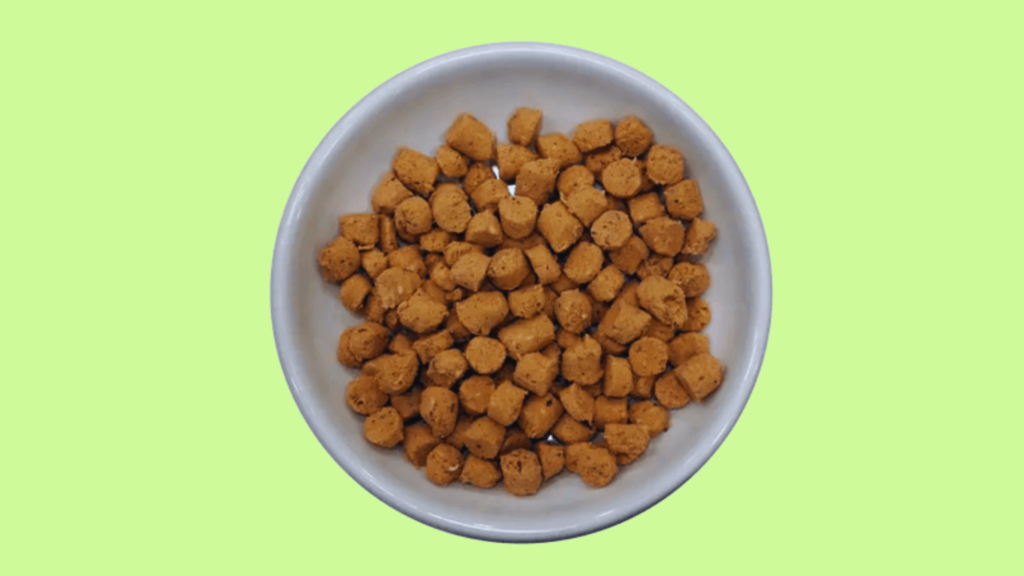
One option is freeze-dried or dehydrated raw food, which offers the convenience of kibble while maintaining the nutritional benefits of a raw diet. Freeze-dried food retains more natural enzymes and nutrients than traditional kibble and can be rehydrated with water to increase moisture intake. Brands like Stella & Chewy’s and Primal offer high-quality freeze-dried cat food options.
Another alternative is homemade or cooked meals, but this requires careful planning to ensure the diet is nutritionally complete. Many cat owners choose to prepare home-cooked meals using fresh meats, organ meats, and supplements such as taurine and omega-3 fatty acids. Consulting a veterinary nutritionist is essential to avoid nutrient deficiencies.
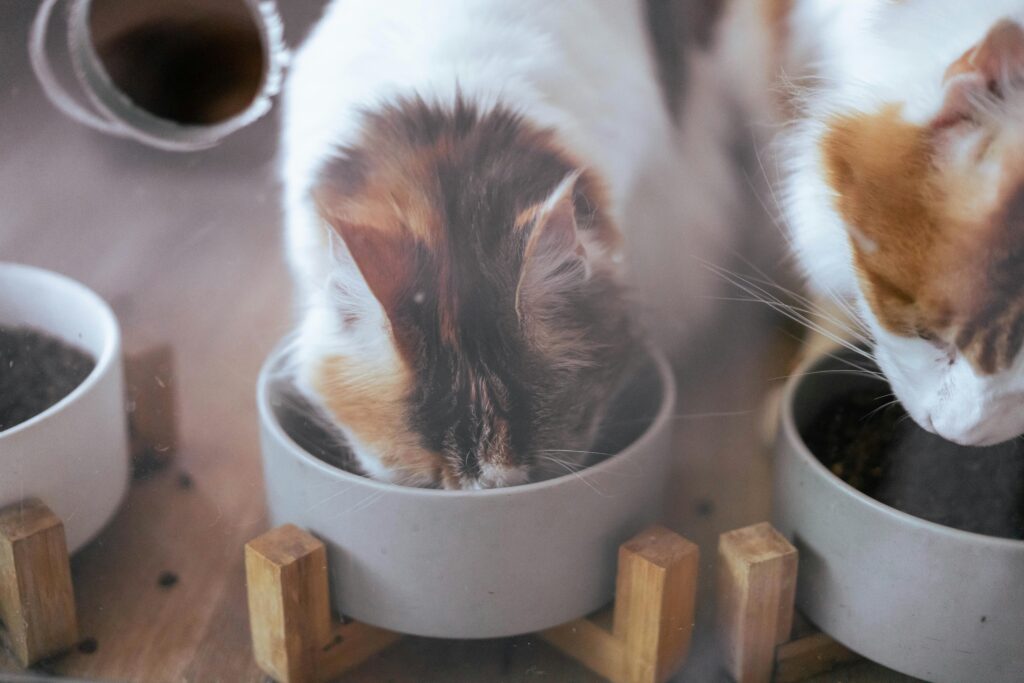
For those who prefer commercial diets, high-protein, low-carb dry foods can be a better option than standard kibble. Some brands use minimal fillers and focus on high-quality meat sources, which more closely resemble a cat’s natural diet. Look for products with at least 40 percent animal protein and minimal plant-based ingredients.
Lastly, adding meal toppers or broths to dry food can be a simple way to boost hydration and nutrition. Bone broth, goat’s milk, or wet food toppers can encourage a cat to consume more water and provide additional nutrients. For a step-by-step guide on how to wear collar to an Affenpinscher, check out this detailed article to ensure a comfortable and secure fit for your dog.
While kibble can be part of a cat’s diet, it should ideally be combined with other moisture-rich foods to promote better overall health. Providing variety and ensuring adequate hydration will help maintain a cat’s well-being in the long run.
Final Verdict: Should Cats Eat Only Dry Food?
While it is possible for cats to survive on a kibble-only diet, it is not necessarily the optimal choice. Dry food offers convenience and affordability but lacks essential moisture, which can lead to dehydration and urinary issues. A high-protein, moisture-rich diet is more aligned with a cat’s natural needs. Hope so, now you know “should cats only eat dry food?”
A mixed diet that includes both dry and wet food is a healthier option, providing hydration, high-quality protein, and balanced nutrition. Ensuring your cat drinks enough water and choosing premium dry food can help minimize the risks associated with a kibble-only diet.
Ultimately, every cat is different, and their dietary needs depend on age, activity level, and health conditions. Consulting with a veterinarian will help determine the best feeding plan for your feline companion. Check out the best dog collars for Border Collie to find durable, stylish, and comfortable options for your active dog.



